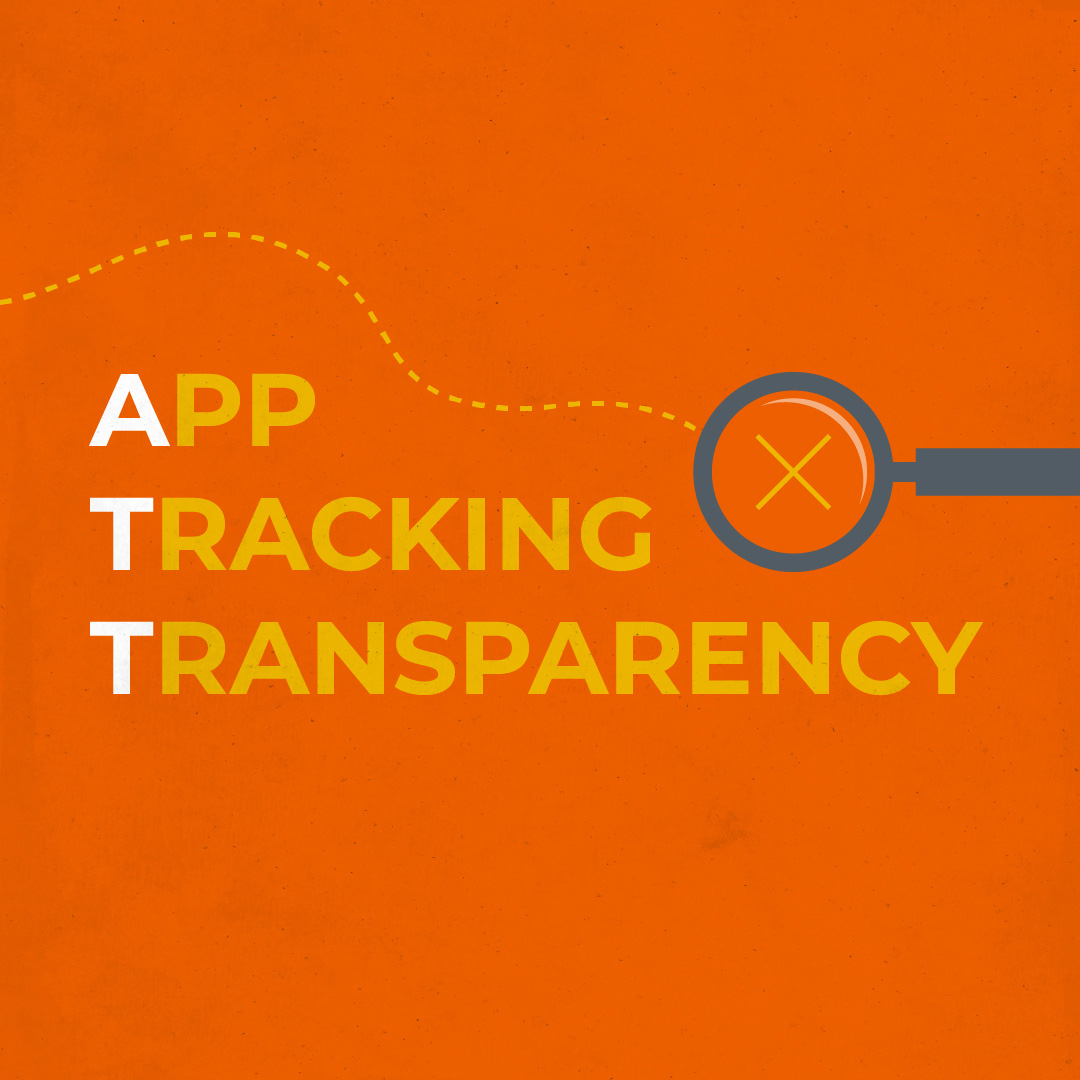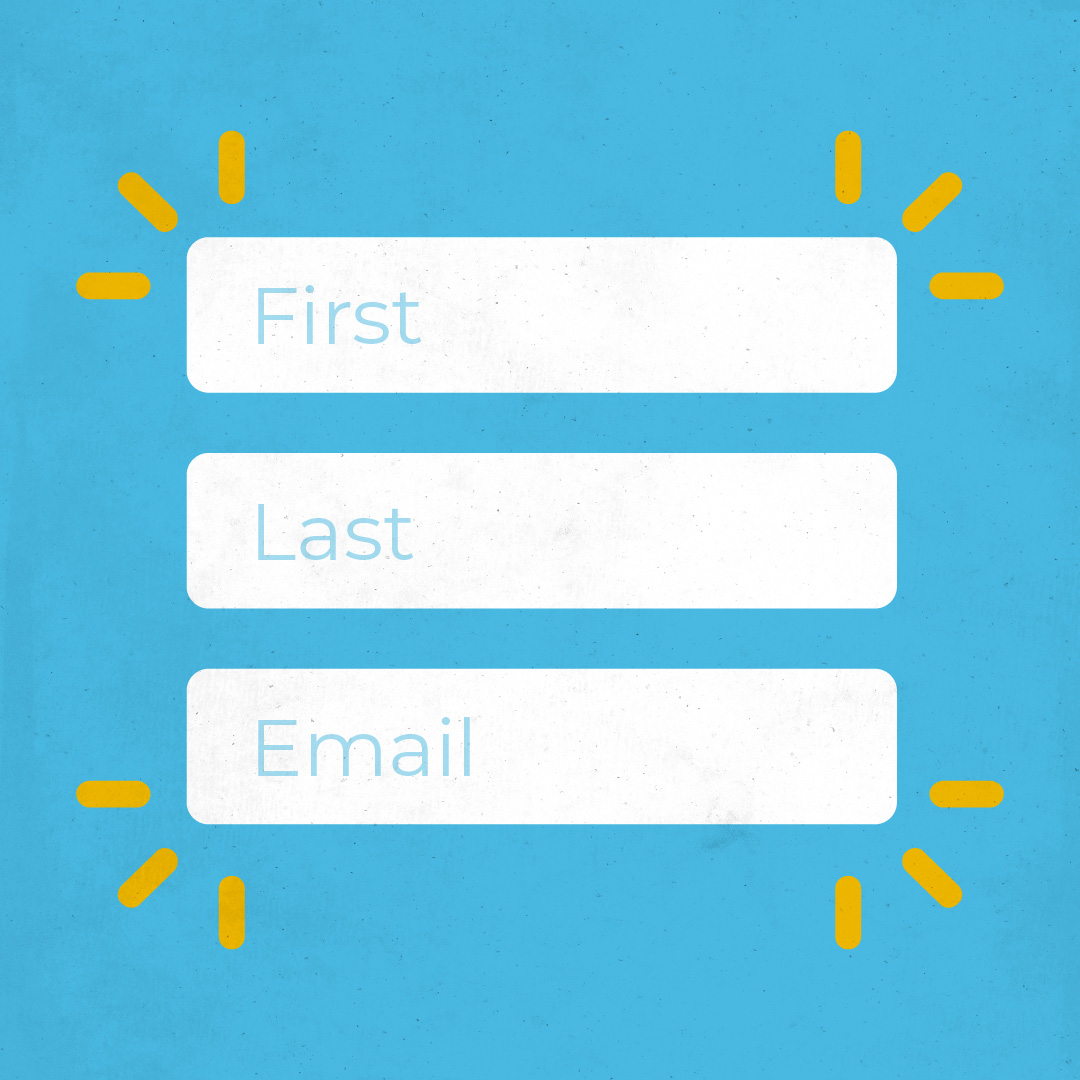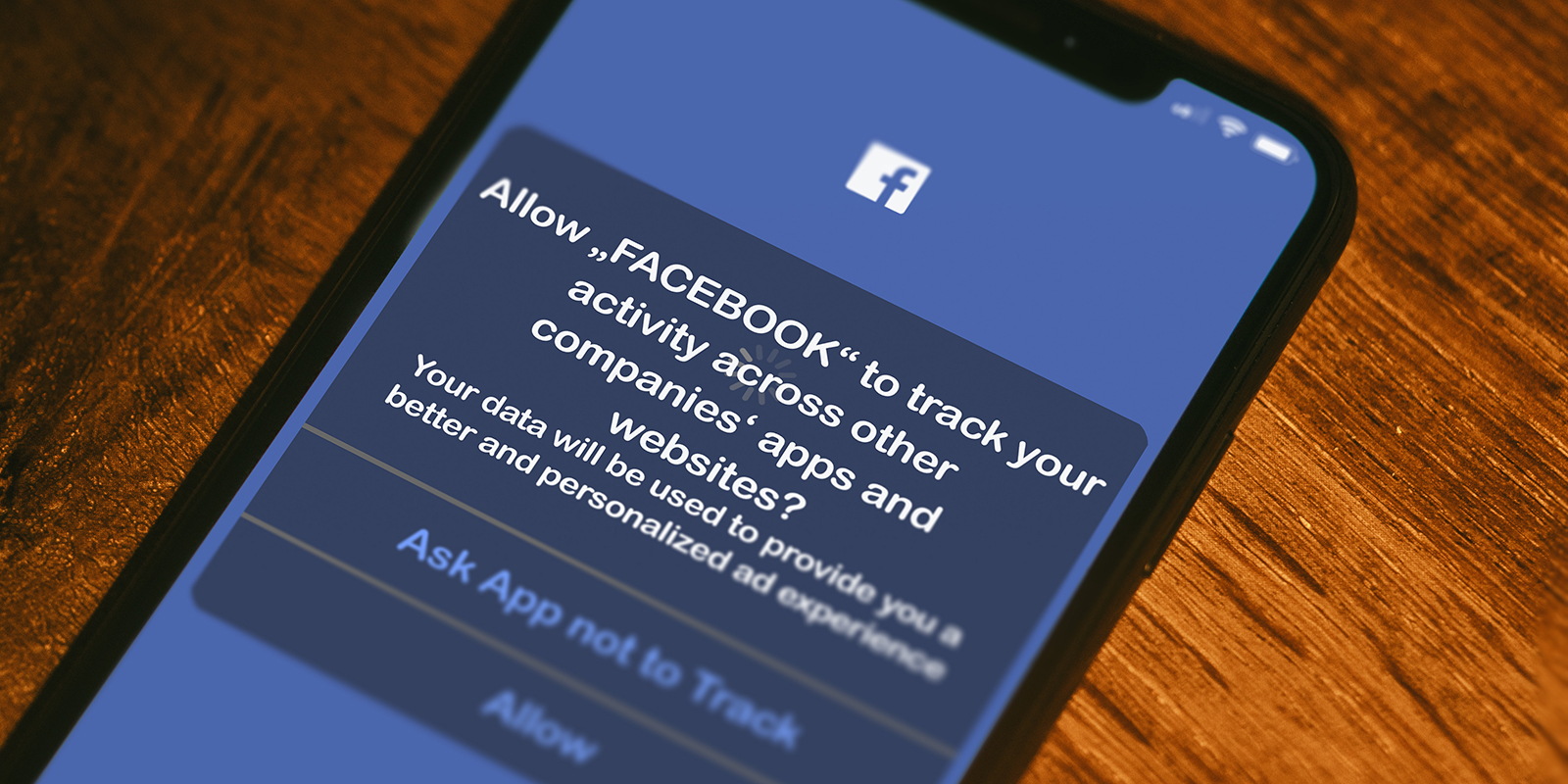App Tracking Transparency and Data Privacy
05.17.21 · Greteman Group
Data is gold in this digital age – but data privacy is invaluable. People value their privacy, and one digital powerhouse just rolled out an anticipated software update that puts privacy back in the hands of users by limiting or restricting third-party data collection and use.
Opt-Ins Put Privacy in Users’ Hands – Literally
Users of Apple devices now have control over their data and privacy like never before. iOS 14.5 requires apps in its App Store to get user’s permission – the opt in – before tracking activities and collecting data, a prompt known as App Tracking Transparency (ATT).

If you’ve been paying attention to conversations surrounding the update, you know of one company that’s taken an opposite stance. Facebook took out full-page ads criticizing Apple, saying ATT will negatively impact small businesses that rely on Facebook’s ad network to market and sell products and services.
Apple’s CEO Tim Cook tweeted this response: “We believe users should have the choice over the data that is being collected about them and how it’s used. Facebook can continue to track users across apps and websites as before, App Tracking Transparency in iOS 14 will just require that they ask for your permission first.”
So, What Do We Do?
For digital advertisers and marketers, the question now becomes: “How will I effectively reach my target audiences if they opt out?”
First, if you are using Facebook to advertise, ensure you follow its ad account step-by-step to verify your advertising domain and configure your conversion events.
Domain verification will establish which Facebook Business Manager account has the authority to configure and prioritize conversion events for a given domain. Following iOS 14.5, each domain will be allowed eight conversion events in addition to event page views (in Facebook), landing page views (for verified domains) and link clicks (on ads).
Next, get creative. There are plenty of marketing strategies and tactics you can implement to attract and retain customers. Here are just a few.

Activate Your CRM: If you have a customer relationship management tool storing users who have already opted in to your ads, content, emails, etc., activate that for your advertising channels. Upload your list to Facebook or LinkedIn and start creating audiences who match your current customers’ attributes.
Follow the rules, though, let your customers know what you’re doing with their data.

Email Marketing: Content is king, but email is the court wizard of conversions. The people who want your daily deals, weekly newsletter or quarterly insights are your lowest hanging fruit. Nurture them with relevant, consistent content.
An automated workflow can make this process much easier for your team, but you can put emails together manually, too.

Inbound Marketing: Activate all your channels (not just ads). Organic search driven by optimized content can lead users to your landing page or website, which should then take them on a journey toward your call to action. Measure this tactic by analyzing SEO and tracking events happening on your own website.
No user data needed.

Organic Social: Facebook ads might be taking a hit, but your current customers likely follow you across your organic social channels. Engage them with contests, giveaways and more. Encourage Facebook shares, mentions and retweets as well as the coveted “Add to Story” on Instagram.
Hey, word of mouth is digital now, too.
Does your business need help navigating the ever-changing digital advertising landscape? Contact us to help with your Facebook ad account as well as to develop strategies that engage your target market despite limitations.
